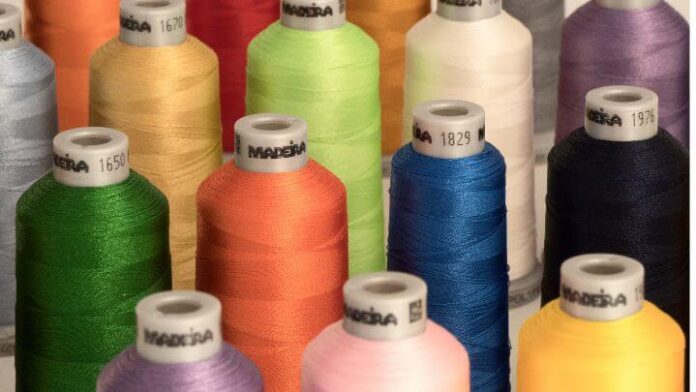India’s textile industry, which was once a global leader in the 1990s and employs nearly 50 million people, has been facing challenges lately. One big problem is that it doesn’t have enough capability to produce synthetic yarns, which are in high demand worldwide and mainly made by China.
India’s share in the global market for synthetic textiles is small, only about 5-6%. This means India relies a lot on importing these materials from China. Because of this, India’s textile exports have decreased, and its domestic industry is losing its market share.
To tackle these issues, the government is thinking about to improve India’s ability to produce synthetic yarns. They might offer subsidies and tax breaks to encourage companies to set up better manufacturing units. This could help India compete better with China and make products that meet global standards.
The plan also involves upgrading smaller, informal weaving and processing units so they can produce goods that are as good as Chinese ones.
These ideas are still being discussed, but the goal is to finalize them soon.
These proposed incentives are on top of another scheme called the production-linked incentive (PLI) for the textile industry. The government hopes to attract a lot of money into the textile industry over the next few years to make it stronger.
The government has set a big target for the textile industry: to produce goods worth $250 billion by 2030. This would make the industry a bigger part of India’s economy.
But India’s textile exports have been falling recently, from $37.16 billion in 2018 to $34.40 billion in the fiscal year 2024.
One reason for this is that India isn’t exporting enough synthetic textiles, even though there’s a big demand for them in other countries. Ajay Srivastava, from the Global Trade Research Initiative, says India is missing out on a lot of business by not focusing on this area.
Imports of textiles and garments into India have been going up. For example, the import of a type of synthetic yarn called high tenacity nylon yarn has more than doubled from 2018 to 2023.
Srivastava suggests that India needs to improve its production of synthetic clothes, make its weaving and processing capabilities better, and meet global standards for fast fashion. He also says India should try to reduce obstacles to trade and make it easier to enforce contracts.
The government hasn’t responded to questions about these plans yet. But they say they want to work with organizations that promote exports and other important groups to promote synthetic yarns.
Synthetic yarns are used in lots of things, from clothes to home furnishings like curtains and carpets. Maharashtra, Gujarat, Tamil Nadu, Uttar Pradesh, Punjab, and Haryana are some of the main places in India where synthetic yarn is made.










